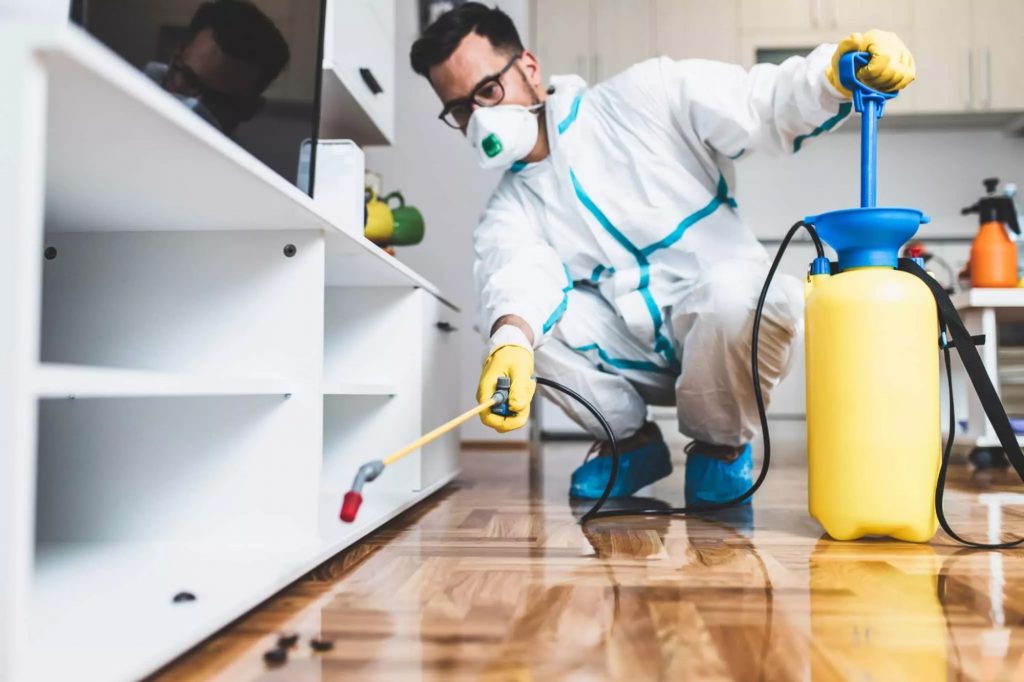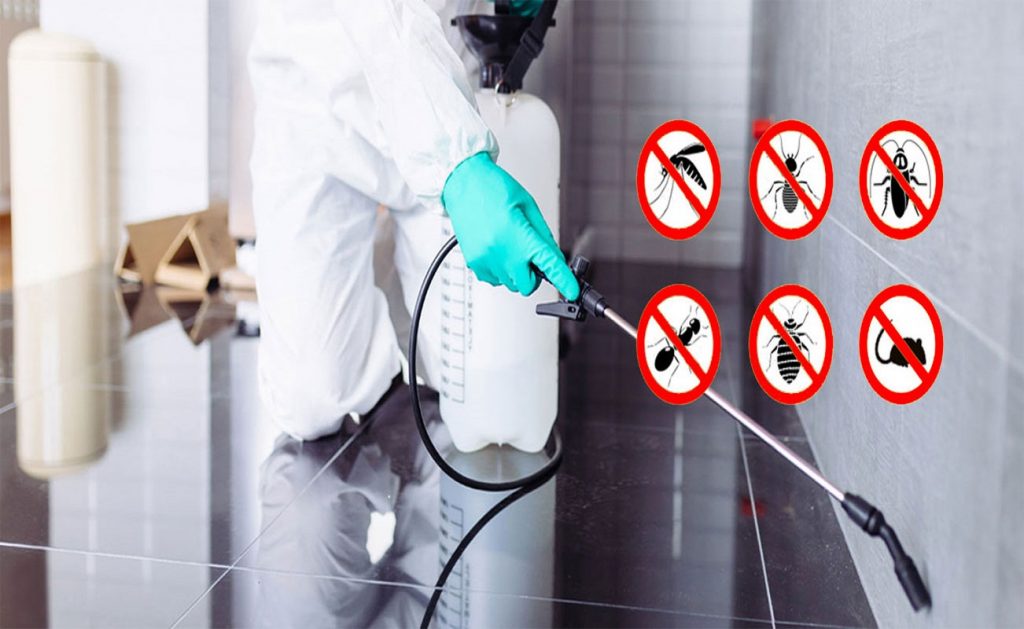When it comes to eliminating unwanted pests from your home or garden, the options can be overwhelming. For those looking for reliable solutions in Buffalo, companies like Bed Bug Exterminators Buffalo offer a range of services to tackle even the toughest infestations. However, the age-old debate remains: natural vs. chemical pest control. Which method is right for you? In this article, we’ll delve into the pros and cons of each approach, exploring the benefits and drawbacks to help you make an informed decision. For instance, if you’re dealing with a severe infestation, Bed Bug Exterminators Buffalo may recommend a combination of natural and chemical methods to ensure effective results.
1. Introduction to Natural Pest Control
Natural pest control methods focus on using environmentally friendly techniques to deter pests. This approach often involves using physical barriers, traps, or natural substances to repel or eliminate pests. For example, certain plants, such as basil or mint, have natural properties that repel pests, making them a great addition to your garden. Additionally, sealing entry points and maintaining a clean environment can go a long way in preventing pest infestations. By adopting these methods, you can create a pest-free haven without exposing yourself or the environment to harsh chemicals.

2. The Benefits of Natural Pest Control
The benefits of natural pest control are numerous. Not only is this approach better for the environment, but it’s also generally safer for pets and children. Natural methods tend to be less toxic, reducing the risk of accidental poisoning or long-term health effects. Furthermore, natural pest control often encourages a more holistic approach to gardening and home maintenance, promoting a healthier ecosystem and reducing the need for chemical interventions.
3. The Drawbacks of Natural Pest Control
While natural pest control has its advantages, it’s not without its limitations. One of the main drawbacks is that natural methods can be more time-consuming and labor-intensive. For instance, creating physical barriers or setting traps requires effort and dedication. Additionally, natural methods may not always be as effective as chemical alternatives, particularly in cases of severe infestations. In such situations, it may be necessary to combine natural methods with targeted chemical interventions.
4. Exploring Chemical Pest Control
Chemical pest control, on the other hand, relies on the use of pesticides or insecticides to eliminate pests. These chemicals can be highly effective, offering quick results and often requiring less effort than natural methods. However, the use of chemicals raises concerns about environmental pollution, health risks, and the development of pesticide-resistant pests.
5. Weighing the Risks and Benefits of Chemical Pest Control
When considering chemical pest control, it’s essential to weigh the risks and benefits. While chemicals can provide rapid results, they can also contaminate soil, water, and air, posing a threat to local ecosystems. Moreover, the overuse or misuse of chemicals can contribute to the development of “super pests” that are resistant to treatment. However, in cases where natural methods are insufficient, targeted chemical interventions can be an effective solution.

6. Integrated Pest Management: A Balanced Approach
Integrated pest management (IPM) offers a balanced approach, combining natural and chemical methods to achieve effective pest control. IPM involves identifying the pest, assessing the infestation, and selecting a range of control methods to minimize harm to people, pets, and the environment. By adopting an IPM approach, you can create a tailored solution that addresses your specific pest control needs.
7. Conclusion
In conclusion, the choice between natural and chemical pest control ultimately depends on your specific needs and circumstances. By understanding the pros and cons of each approach, you can make an informed decision that suits your lifestyle and priorities. Whether you opt for natural methods, chemical interventions, or a combination of both, it’s essential to approach pest control with a holistic mindset, considering the potential impact on your environment and well-being. By doing so, you can create a pest-free haven that’s safe, sustainable, and effective.
 Burke Knows Words A vision for your life
Burke Knows Words A vision for your life